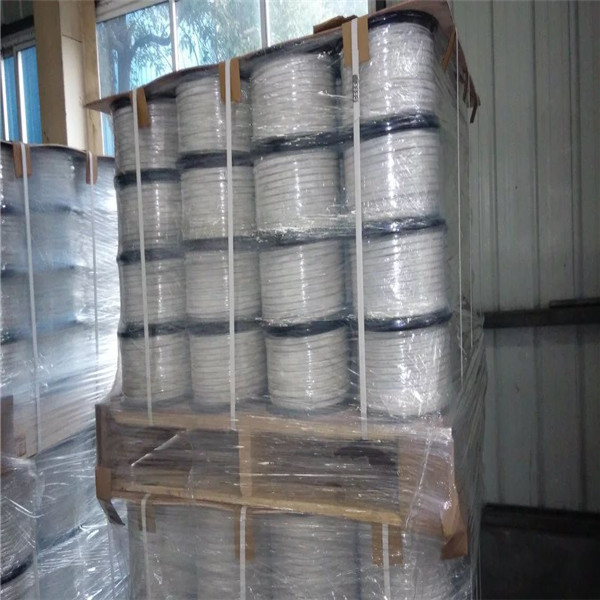News
Sharing knowledge of high temperature cables
Cables work at high temperatures. Generally, cables are prone to insulation aging and scorching at high temperatures, resulting
in loss of cable performance, damage and unusability. Under the rated temperature, the cable can work normally and stably without
affecting the signal or power transmission performance, ensuring the service life of the cable.
This functional cable is the most common type of cable, and its usage characteristics are also the easiest to understand. The main
purpose of adding cables is to ensure that the outer diameter and weight of the cables are reduced under the above
current-carrying conditions, and the development of light weight. Generally speaking, the higher the operating temperature of the
cable, the greater the current carrying capacity on the same section. In aircraft, automobiles and other occasions, weight loss
is of great significance, and the use of cables can greatly reduce the cross-section. When the working temperature is 90℃,
it increases to 155℃, and when the current carrying capacity increases by 50%, under the same current carrying condition, the
weight of the cable is reduced by half, and the cost is reduced. The loss of most insulating materials will also increase when the
cutoff is large.





